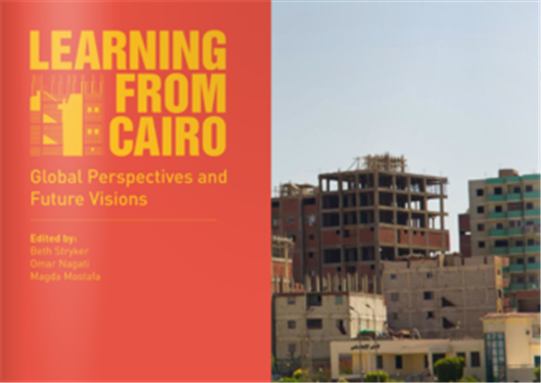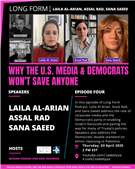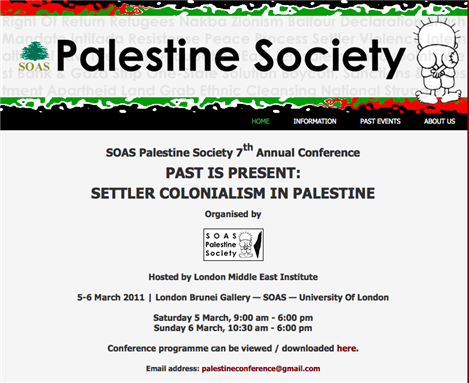CLUSTER (Cairo Lab for Urban Studies, Training and Environmental Research) aims at establishing a critical space for urban discourse. CLUSTER engages critical theorization while being grounded in professional practice, negotiating the blurred boundaries between formal/institutional regulations and everyday urban informality.
On 12-14 April 2013, CLUSTER co-organized with the American University in Cairo, an international symposium entitled “Learning from Cairo” at AUC Tahrir Square. Two new publications, Learning from Cairo and Archiving the City in Flux, based on the conference, and an accompanying website: www.learningfromcairo.org, were launched on 7 December 2013.
Learning from Cairo, edited by Beth Stryker, Omar Nagati and Magda Mostafa, is based on the symposium that sought to engage the current political and urban transformations in the city as a critical context for examining relevant international case studies and best practices in areas ranging from housing, transportation, public space and local governance to informality. The volume also emphasizes a comparative and interdisciplinary approach bringing practitioners, academics, officials and local stakeholders into dialogue, with the objective of generating an ongoing critical urban discourse and future visions for Cairo.
Archiving the City in Flux, authored by Omar Nagati and Beth Stryker, examines new modes of informal urban interventions in public space in Cairo that have emerged since January 2011. During this time, a breakdown of the security apparatus has led to a state of unprecedented fluidity in the city. The book offers a preliminary account of the city as it has evolved over this two-year period, focusing primarily on public space and emerging urban orders, and attempts to draw lessons from informality towards the development of alternative design guidelines and planning policies.
Both e-publications are available on these links: Learning from Cairo and Archiving the City in Flux.
Excerpt from Learning from Cairo’s Introduction
The idea of the Learning from Cairo conference developed during the months following the January 2011 Revolution, in the context of a rapidly shifting political and urban landscape, accompanied by an increasing societal consciousness of, and interest in, urban issues and public space. One of the main premises of this conference hinges upon the hypothesis that this Revolution is an urban revolution par excellence in its roots, manifestations and ramifications. It would be impossible to separate decades of political repression from the conditions of social marginalization and the geography of exclusion that eventually led to such a moment of implosion. This moment took on an urban turn, manifesting itself in the streets and public spaces of Cairo and other cities in Egypt. Further, this urban expression is not limited to public space as a container for the revolution, but also the fact that the dialectic relationship between a repressive political regime and an urbanization of injustice are being repeatedly reconstituted through public space as a social structure and cultural signifier. Today, as we continue to experience a fluid political and urban landscape, such a condition of flux poses both a challenge to account for meaningful urban practice within changing and sometimes conflicting frames of reference, as well as an opportunity to open up new intellectual and political horizons.
Within this context, we can identify two major urban transformations since the eruption of the Revolution. The first could be measured by changes in the face of the city itself; both in its urban landscape, and in terms of practices in public space; such as newly erected walls and barricades, public art and graffiti, street vendors and unruly traffic. The other, intangible, urban consequence may be summed up in changes in the collective psyche towards authorities in general, and towards the city and public space, in particular. We have referred to this condition as a “new urban citizenship” defining the power relation between individuals and communities, on the one hand, and their streets and neighborhoods, on the other. This shifting balance of power is playing out within the framework of an increasingly vulnerable state, as it relates to an empowered citizenship that is making claims to public space and the right to the city in general.
With consideration for such conditions, the concept underlying this conference has been proposed along two main intellectual trajectories. The first situates Cairo within a comparative international context, to foster a critical dialogue between lessons from other cities’ urban development and policies, and Cairo’s own experience: its urban revolution, and parallel political and social transformations. It is hoped that this dialogue will broaden the exchange between experts and policymakers, on the one hand, and local communities and civil society organizations, on the other, in an attempt to transcend local boundaries and specific moments of political transformation. The other trajectory is summed up in the title of this conference, Learning from Cairo, by invoking revisionist literature of modern planning from the 1960s and 1970s. Early postmodern architecture literature was based on waging a systematic critique against hegemonic modernist meta-narrative, attempting to extract alternative languages and structures from what was then deemed to be a commercially built environment unworthy of academic attention. We refer here to Robert Venturi and Denise Scott Brown’s Learning from Las Vegas (1972). By the 1980s and 1990s, the rise of postcolonial and subaltern schools expressed themselves in urban literature through a systematic deconstruction of the centrality of the “North” (Europe and North America) in both architecture and urban history and theory. At the same time, they reintroduced the urban experience as well as the marginalized communities of the developing world to mainstream urban discourse, in works such as Favelas, Learning from (2010).
The current moment and urban condition in Cairo thus calls for reshaping urban discourse, and restructuring its urban policies: taking into account the hitherto excluded voices, unraveling lessons from the geographical and social margins, and distilling alternative patterns and urban experiences from the peripheries. Examples may range from informal housing and street vendors, on the local level, to cities and urbanization processes in the global South on a regional and international level. This conference, therefore, aimed at challenging the current hegemonic urban structure. It hoped to contribute to restructuring the power relations between the North and South; in academic discourse, professional practice and urban policies, and within the broader context of revolutionary process and social movements, as expressed in citizens’ claim to the city and public space.
This vision was translated into a tripartite organizational structure for the conference, within a conscious comparative framework. It invited contributions from Africa, Asia and Latin America, as well as some examples from Europe and North America, with an emphasis on lessons learned from the global South. The event was organized into three days, each providing a different format for dialogue and exchange. Day one included three public plenary sessions to present examples from international urban experience, each session framed within a discipline outside urban planning. The first panel offered a historical perspective, with an emphasis on the global South undergoing political and/or structural transformations. The second presented a political context of the urban revolution and right to the city, bringing examples from Latin America. The third session provided an economic framework for informal urbanism, including both research and design perspectives, as well as those pertaining to public and urban policies. Following this, the second and third days aimed at providing a forum for more specialized discussions along geographical and thematic topics, and concluded with directions, visions and speculations shared with a public audience in the final session at the end of the conference. To guarantee a diverse audience, maintain a balanced representation, and enrich public debate, we extended invitations to various organizations, institutions and individuals, including academics, researchers, practitioners, and students, in addition to representatives from governmental agencies and public institutions, civil society organizations, and local communities and NGOs.
Day two was organized into urban tours, offering participants a direct experience of the main urban conditions in Cairo, including its deteriorating urban core, its surrounding informal belt and the distant desert cities. These tours aimed at contextualizing the discussions and bringing their debates into close contact with the emerging urban practices on the ground since January 2011. While the second day was geographically organized, the third day was structured around closed, parallel working sessions that were conceived thematically, each focusing on specific topics (such as housing, public space, governance, and participation) and each framed as an encounter between local experience and international examples. Day three ended with a closing panel discussion to present the main points and suggestions of these working sessions, as well as a space to critically debate potential future visions and urban trajectories.
We present here summaries and reflections generated from the Learning from Cairo conference, as part of what we hope will be a sustainable critical urban discourse, aimed at developing alternative visions and urban policies that may live up to the expectations and aspirations of the Revolution. This book has been conceived as a companion to the Learning from Cairo website, at http://www.learningfromcairo.org, where full video documentation of the conference is made available, along with additional related resources.


















